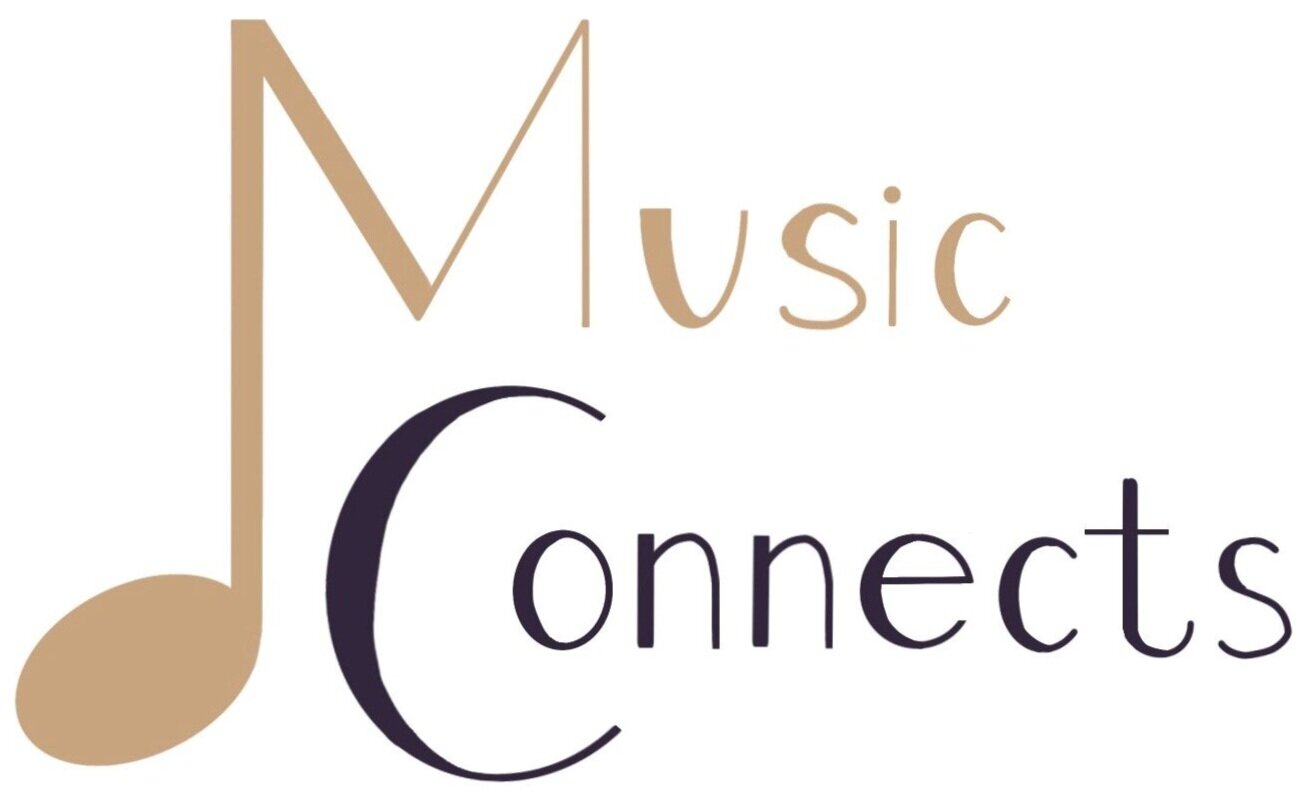The Coming Back of a Medieval Instrument - the Crwth
The crwth, also a called crowd, is one of the oldest stringed instruments, with its origins traceable back to medieval Wales. Highly valued not just for its unique sound, but for what it represents culturally as well, this instrument found pride of place in Welsh courts, churches, and even places of secular entertainment. Traditionally, this was played by professional musicians for accompanying dances, religious services, and formal gatherings, giving it an important place in Welsh life. In the 19th and early 20th century, it began to decline in popularity, however, through the introduction of more modern instruments and changes in musical taste. With fewer musicians playing the crwth, the instrument grew increasingly rare and all but disappeared from the Welsh musical landscape. Fortunately, in recent years the instrument has experienced a revival with musicians and music lovers taking an interest in the crwth as a valid part of their cultural heritage that must be preserved and promoted.
From its medieval origins to its modern-day revival, the crwth has remained one of the most intriguing instruments steeped in culture. The crwth speaks not only to the musical legacy of Wales but also to a greater dedication to the conservation and celebration of the arts that define the identity of a nation. The crwth, which had almost vanished, continues to nurture Welsh music, connecting past and present in one alive expression of cultural pride, as an increasing number of musicians study and play this string instrument.
The sound of this stringed musical instrument is unique, and the style of playing it is, too. It generally has six strings each tuned to a different pitch to produce its broad range of tonalities. Musicians play the crwth, bracing it between their knees with the neck upwards when they are sitting, or holding it with the end of the instrument against their body when they are standing. This provides great control over the instrument and forms one of the essentials of its playing technique. The strings are sounded with a bow, somewhat as with the violin, but this needs to be handled in a special manner to adapt to the crwth's particular form and sound.
Everything about the crwth comes together in resonance and its tonal quality. The flat back, for instance, creates a depth of sound which resonates quite differently from string instruments with rounded backs; hence, it has a warm yet clear tone. The strings attach at a tailpiece at the end of the instrument, allowing rich, sustained notes to fill the space. The musician plays different notes by changing the position of the bow on the strings and administering pressure in various ways to achieve light differences in tone. That versatility lends the crwth its range of expression and a unique character to Welsh music.
The sound and technique of the crwth, however, are but part of its appeal. It speaks, therefore, to a wider cultural movement within Wales to preserve and give respect to traditional Welsh music, language, and customs. Musicians who play the crwth in the modern era do not only keep an ancient art form alive but also help make a renewed sense of Welsh identity and pride. Music festivals, folk gatherings, and educational programs introduce the crwth to new audiences, inviting young and established musicians alike to come and feel the distinctive qualities of this instrument.
We hope you enjoyed reading this blog. See you next time!


